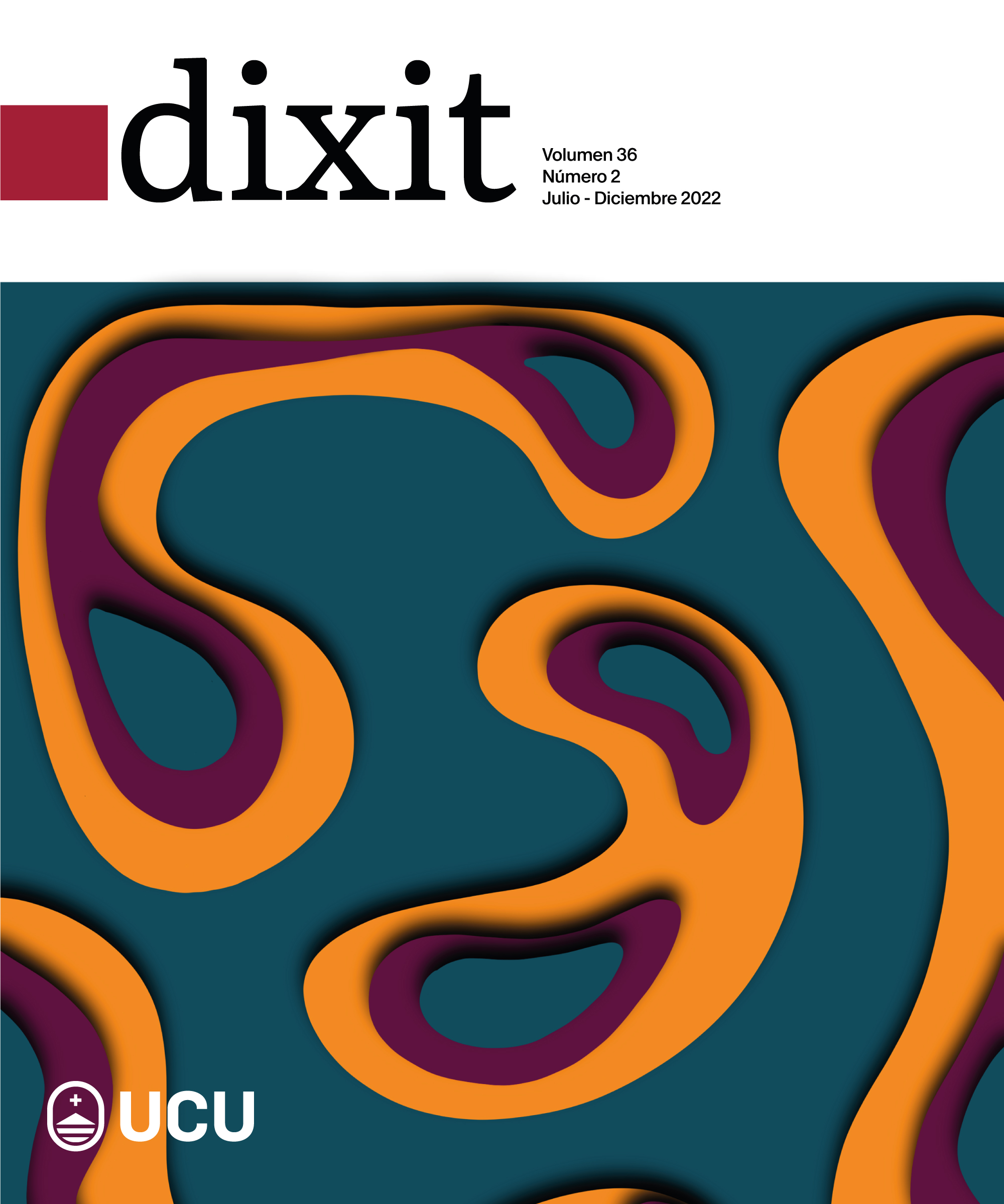Film business and audience formation in Buenos Aires during the classic cinema period
DOI:
https://doi.org/10.22235/d.v36i2.3128Keywords:
cinema-going research, classic Argentinean cinema, film exhibition, film marketingAbstract
Studies of audiences linked to the spectacle of the big screen during the first half of the twentieth century propose the inclusion of social actors who were not sufficiently visible in the traditional historiography of cinema. Along with this, practices, texts, processes or emotions -that originated in the context of the experience of "cinema going", which undoubtedly meant much more than just going to see films-, acquire relevance. This conference focuses on the evolution of the film business in the city of Buenos Aires in those years, with an emphasis on the tensions that arose between the desires of Hollywood companies, trying to impose marketing formats that referred to certain concepts and models of what it is and how one should go to the cinema, and local agents who tried to negotiate certain modalizations of these commercial and social rules, finally articulating with the demands of the traditions of the popular Buenos Aires spectacles. The "continuous" system, the "system by sections" or the "monster programme" are some of the commercial practices that proposed different formations of audiences.
Downloads
References
Altman, R. (2000). Los géneros cinematográficos. Paidós.
Crary, J. (2008). Suspensiones de la percepción. Atención, espectáculo y cultura moderna. Akal.
Domínguez Domingo, J. C., & Rosas Mantecón, A. M. (2021). Públicos iberoamericanos del cine mexicano de la época de oro. PROCINECDMX.
Hansen, M. B. (2000). Fallen Women, Rising Stars, New Horizons. Shanghai Silent Film as Vernacular Modernism. Film Quarterly, 54 (1), 10-22.
Heraldo del Cinematografista. (1932, 7 de julio). Las exclusividades deben desaparecer. Heraldo del Cinematografista, (II), 56, 235.
La Razón. (1930). Anuario. La Razón, 251.
Manrupe, R., & Portela, M. A. (2001). Un diccionario de films argentinos (1930-1995). Corregidor.
Martin-Barbero, J. (1987). De los medios a las mediaciones: comunicación, cultura y hegemonía. Gustavo Gili.
Montaldo, G. (2016). Museo del consumo: archivos de la cultura de masas en Argentina. Fondo de Cultura Económica.
Paladino, D. (2020). Conformación del Negocio Cinematográfico en la Argentina. La comercialización y explotación de películas entre 1914 y 1918 [Tesis de doctorado, Universidad Nacional de La Plata].
Proshansky, H. M., Fabian, A. K., & Kaminoff, R. (1983). Place-Identity: Physical World Socialization of the Self. Journal of Environmental Psychology, 3(1), 57-83.
Thompson, J. B. (1998). Los media y la modernidad. Una teoría de los medios de comunicación. Paidós.
Downloads
Published
How to Cite
Issue
Section
License
Copyright (c) 2022 Dixit

This work is licensed under a Creative Commons Attribution 4.0 International License.
From issue number 32 onwards all contents are licensed under the Creative Commons Attribution 4.0 International License (CC BY 4.0).
Issues number 29-31 are licensed under the Creative Commons Attribution-NonCommercial 4.0 International License.
The contents corresponding to number 28 and earlier editions are under the Creative Commons Attribution-NonCommercial-ShareAlike 4.0 International License.


















